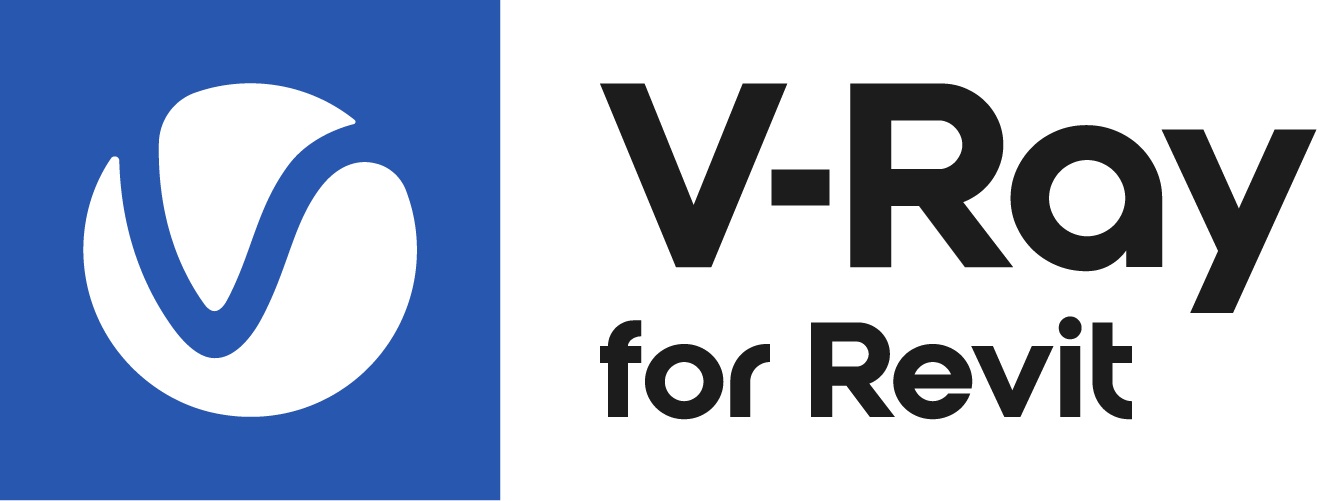This page provides information on the V-Ray Gradient Texture.
Overview
Gradient is a texture map that can easily create and edit gradients useful in many different situations.
Parameters
Preset – Applies a gradient preset. When the gradient is manually changed, the Custom preset is automatically selected.
Black/White
Red/ Green/ Blue
Spectrum
Custom
Type – Controls the direction and shape of the gradient ramp. Changing the Type does not affect the color and position of the control points.
V – A gradient changing along the V direction.
U – A gradient changing along the U direction.
Diagonal – A gradient with a diagonal transition.
Radial – A gradient with a radial transition.
Circular – A gradient with a circular transition.
Box – A gradient with a box radial transition.
UV – A gradient changing along both U and V directions.
Four Corner – A gradient that transitions linearly between colors assigned to each corner.
Tartan – Creates a gradient with a plaid pattern.
Interpolation – Changes the color interpolation method. Changing the option changes the color transition curve between the control points.
None – Disables the transition.
Linear – Values are linearly interpolated in RGB color space.
Exponential Up – Values are exponentially interpolated from left to right, each color dominating the area between it and the next one.
Exponential Down – Values are exponentially interpolated from right to left, each color dominating the area between it and the previous one.
Smooth – Values are interpolated along a bell curve, each color dominating the region around it before blending to the next color
Bump – Values are interpolated along a sin curve, based on luminosity values.
Spike – Each color dominates only its immediate area, falling off shortly after.
Left-click on the Gradient bar to add additional color points. Right-click on any color point to remove it.
Color – The color of the currently selected control point.
Position – The float position of the currently selected control point.
Noise
Amount – Controls the strength of the noise texture distortion.
Frequency – Controls the noise frequency. Smaller values make the noise pattern appear bigger and vice versa.
Texture Placement
Type – Controls how the texture is positioned on the geometry.
2D (UV Channel) – The texture uses the object UV coordinates.
Environment – This mode is currently not supported in V-Ray for Revit.
2D (UV Channel)
UV Channel/Set – Specifies the index of the mapping channel data to use. A value of 1 takes the first available channel.
Repeat U/V – Determines how many times the texture is repeated in the 0 to 1 UV square.
Lock U/V Repeat – Locks the U/V Repeat.
Offset U/V – Controls the texture offset in the U and V direction.
Rotate – Rotates the texture (in degrees).
Tile U/V – Tiles the texture in the U and V direction. If the option is disabled, the Default texture color is used outside the 0 to 1 UV square. Default color is found in Parameters > Color Manipulation.
Mirror U/V – Mirrors the texture in the U and V direction separately. The option cuts the texture in the half flipping one side vertically or horizontally. This can be used to avoid seams in-between non-tileable repeated textures.
Double-sided – This option should be enabled only if support for unique front and back face UVS is required. If enabled, channel "n"is used for front-side UVS and channel "n+1" is used for back-side UVS.
2D (UV Channel)

